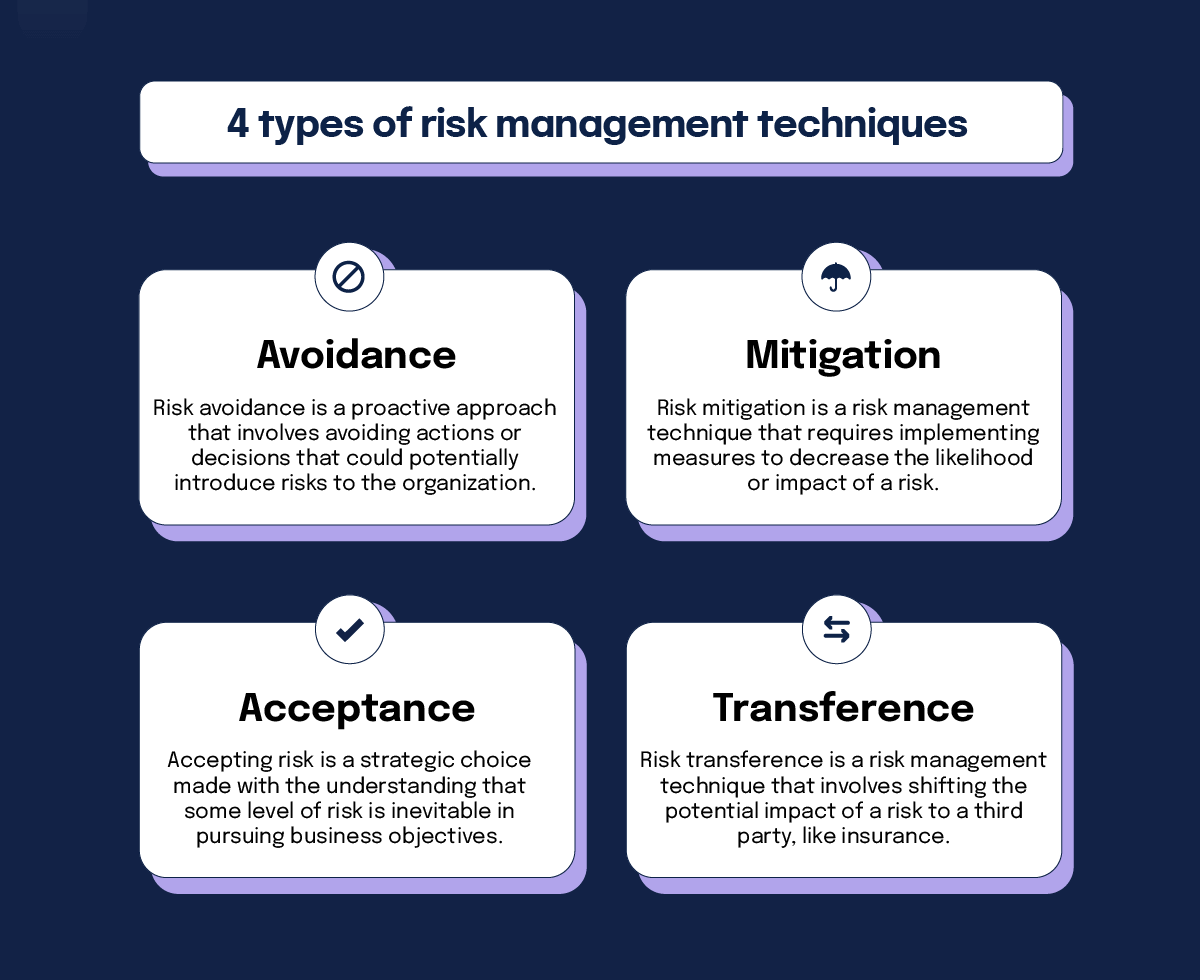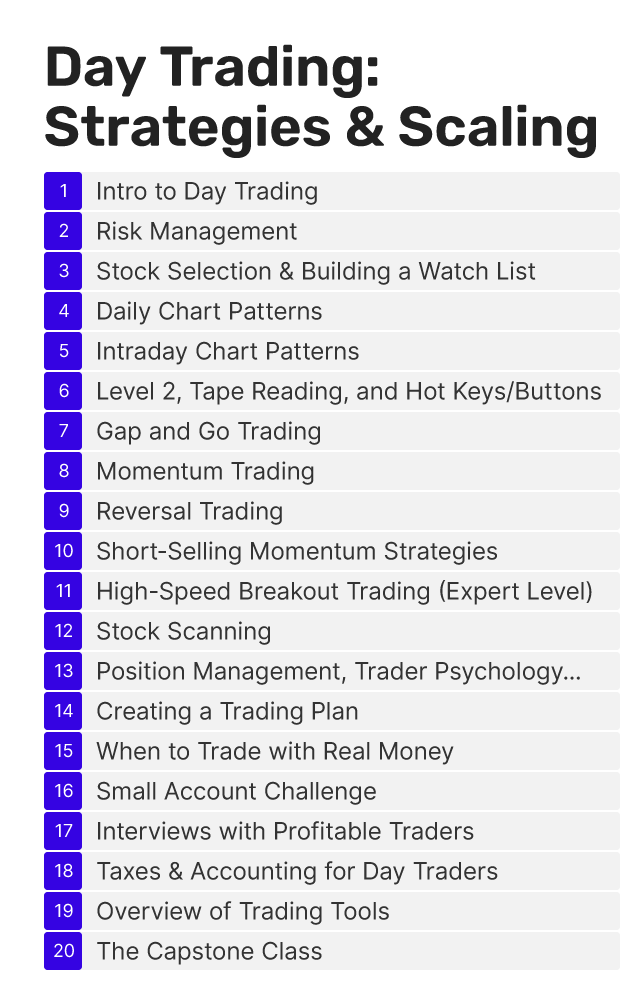Did you know that even a squirrel can make a profit if it finds the right nut at the right time? In day trading, finding the right opportunity is just as crucial, and breakout strategies are the key to unlocking those potential profits. This article dives into the essentials of day trading breakout strategies, explaining what they are and how they work, while also highlighting key indicators and common types. You'll learn how to identify breakouts, set entry and exit points, and manage risks effectively. Additionally, we’ll explore the impact of market conditions, volume, and technical analysis on breakout trading. By the end, you'll not only understand the advantages and disadvantages of these strategies but also how to develop your own approach using the right tools and platforms. Join us at DayTradingBusiness for a comprehensive guide to mastering breakout strategies!
What is a Day Trading Breakout Strategy?
A day trading breakout strategy involves entering a trade when the price of an asset breaks above a resistance level or below a support level. Traders look for significant price movements, often accompanied by high volume, indicating potential for further movement in the same direction. The goal is to capitalize on short-term price fluctuations after the breakout occurs. Common indicators used include trendlines, moving averages, and chart patterns like flags or triangles. Effective risk management and setting stop-loss orders are essential to protect profits and limit losses.
How Do Breakout Strategies Work in Day Trading?
Breakout strategies in day trading focus on entering a position when the price breaks through a significant support or resistance level. Traders look for high volume and volatility to confirm the breakout.
When the price moves above resistance, it signals potential upward momentum, prompting a buy. Conversely, breaking below support suggests a downtrend, leading to a sell or short position.
Key elements include setting entry points, stop-loss orders to manage risk, and profit targets to lock in gains. Monitoring news and market conditions is crucial, as they can impact the effectiveness of breakout strategies.
What Are the Key Indicators for Breakout Strategies?
Key indicators for breakout strategies in day trading include:
1. Volume: Look for increased trading volume as the price approaches a key resistance level, indicating strong buying interest.
2. Volatility: Higher volatility often precedes breakouts; use indicators like the Average True Range (ATR) to gauge this.
3. Price Patterns: Identify patterns like triangles, flags, or rectangles that suggest a potential breakout.
4. Support and Resistance Levels: Monitor these levels closely; a breakout occurs when the price moves above resistance or below support.
5. Moving Averages: Use short-term moving averages for confirmation; a price crossing above a moving average may signal a breakout.
6. Relative Strength Index (RSI): An RSI above 70 can indicate an overbought condition, while below 30 can indicate oversold, helping predict potential breakouts.
These indicators help traders identify potential breakout points for effective day trading strategies.
How Can I Identify a Breakout in Day Trading?
To identify a breakout in day trading, look for key price levels where the stock has previously struggled to move beyond, known as resistance or support levels. Watch for a strong price movement above resistance or below support with increased volume; this indicates a potential breakout. Utilize technical indicators like the Moving Average or Bollinger Bands to confirm the breakout. Finally, set alerts for these levels to act quickly when the breakout occurs.
What Are the Common Types of Breakout Strategies?
Common types of day trading breakout strategies include:
1. Momentum Breakouts: Traders enter when the price breaks above resistance or below support with high volume, expecting continued movement in that direction.
2. News Breakouts: Positions are taken based on significant news releases or earnings reports that cause price spikes.
3. Range Breakouts: Traders identify a price range and enter when the price breaks out of that range, anticipating a strong trend.
4. Pullback Breakouts: After a breakout, traders wait for a price pullback to enter at a better price before the trend continues.
5. Chart Pattern Breakouts: This involves trading based on recognized patterns like triangles, flags, or head and shoulders, entering when the pattern completes.
Each strategy aims to capitalize on significant price movements following a breakout.
How Do I Set Entry and Exit Points for Breakouts?
To set entry and exit points for breakouts in day trading, follow these steps:
1. Identify Key Levels: Look for support and resistance levels on the chart. These are critical for determining potential breakout points.
2. Use Indicators: Employ tools like moving averages or Bollinger Bands to confirm the breakout's strength.
3. Set Entry Point: Enter a trade just above the resistance level for bullish breakouts or below the support level for bearish breakouts.
4. Determine Exit Point: Use a risk-reward ratio of at least 1:2. Set your exit point based on the size of the breakout; for example, if the breakout is 10 points, aim for a 20-point profit.
5. Implement Stop Loss: Place a stop loss just below the breakout point to minimize losses if the trade reverses.
6. Monitor Volume: Ensure volume supports the breakout; higher volume increases the likelihood of a successful move.
By following these strategies, you can effectively set entry and exit points for breakouts in day trading.
What Risk Management Techniques Should I Use?

For effective risk management in day trading breakout strategies, consider these techniques:
1. Position Sizing: Determine how much of your capital to risk on each trade, typically 1-2% of your total account.
2. Stop-Loss Orders: Set stop-loss orders to limit losses. Place them just below the breakout point for long trades or above for short trades.
3. Risk-Reward Ratio: Aim for a favorable risk-reward ratio, ideally 1:2 or better. This means for every dollar risked, you aim to make at least two.
4. Diversification: Don’t concentrate all trades in one asset. Spread your risk across multiple assets or sectors.
5. Market Conditions: Assess overall market volatility and trends. Avoid breakouts in choppy or uncertain markets.
6. Review and Adjust: Regularly review your trades to identify patterns in losses and successes, adjusting strategies as needed.
These techniques will help you manage risk effectively while employing breakout strategies in day trading.
How Can I Avoid False Breakouts in Day Trading?
To avoid false breakouts in day trading, use these strategies:
1. Volume Confirmation: Ensure breakouts occur on high volume. Low volume can signal weak moves.
2. Support and Resistance Levels: Identify key support and resistance levels. Breakouts above resistance or below support are more reliable.
3. Candlestick Patterns: Look for specific candlestick formations, like bullish engulfing or a strong close above resistance, to confirm a breakout.
4. Time Frame Alignment: Use multiple time frames. A breakout on a higher time frame can provide stronger confirmation than on a lower time frame.
5. Pullback Strategy: Instead of entering immediately on a breakout, wait for a pullback to the breakout level, which can often validate the move.
6. Market Conditions: Be aware of overall market conditions. Major news or events can lead to more false breakouts.
7. Trailing Stop Loss: Use trailing stops to protect profits and minimize losses if a breakout fails.
Implementing these strategies can help you navigate day trading breakouts more effectively.
What Are Effective Day Trading Breakout Strategies?
Day trading breakout strategies involve entering a trade when a stock price breaks above resistance or below support levels with increased volume. Traders typically look for setups that indicate strong momentum, such as chart patterns, previous highs or lows, and volume spikes. The goal is to capitalize on rapid price movements following the breakout. Key components include entry points, stop-loss orders to manage risk, and profit targets based on potential price movements.
Learn more about: What Are Day Trading Breakout Strategies?
What Time Frames Are Best for Breakout Trading?
The best time frames for breakout trading are typically 5-minute, 15-minute, and 30-minute charts for day traders. These shorter time frames allow for quick entries and exits, capturing rapid price movements. For swing traders, 1-hour and daily charts can be effective, providing a better view of significant breakouts over a longer period. Choose the time frame that fits your trading style and risk tolerance, ensuring it aligns with your strategy for identifying key breakout levels.
How Do Market Conditions Affect Breakout Strategies?

Market conditions significantly influence breakout strategies in day trading. In trending markets, breakouts tend to be more reliable, leading to sustained price movements. Conversely, in choppy or sideways markets, false breakouts are common, resulting in losses. High volatility can create stronger breakouts, while low volatility often leads to weak signals. Traders must adapt their strategies based on whether the market is bullish, bearish, or consolidating, ensuring they identify the right entry and exit points.
What Role Does Volume Play in Breakout Trading?
Volume is crucial in breakout trading as it confirms the strength of a price movement. High volume during a breakout signals strong buying or selling interest, increasing the likelihood that the trend will continue. Conversely, low volume may indicate a false breakout, suggesting the price could reverse. Traders often look for volume spikes that accompany breakouts to validate their trades and minimize risk.
How Can I Use Technical Analysis for Breakouts?
To use technical analysis for breakouts in day trading, focus on these key strategies:
1. Identify Key Levels: Look for significant support and resistance levels on the chart. Breakouts occur when the price moves beyond these levels.
2. Volume Confirmation: Ensure that breakouts are accompanied by increased trading volume. High volume indicates stronger momentum.
3. Chart Patterns: Watch for patterns like triangles, flags, or channels. Breakouts from these patterns can signal potential price moves.
4. Indicators: Utilize tools like moving averages or the Relative Strength Index (RSI) to confirm breakouts. For example, a moving average crossover can signal a bullish breakout.
5. Set Entry Points: Enter trades just above resistance for bullish breakouts or below support for bearish breakouts.
6. Stop Loss Placement: Place stop-loss orders just below the breakout level to manage risk.
7. Target Profit: Define profit targets based on previous price action or set a risk-reward ratio to guide exit strategies.
By applying these techniques, you can effectively capitalize on breakout opportunities in day trading.
Learn about How to Use Technical Analysis for Options Day Trading
What Are the Advantages of Breakout Trading?
Breakout trading offers several advantages. It allows traders to capitalize on significant price movements when an asset breaks through key support or resistance levels. This strategy can lead to quick profits, as breakouts often result in momentum. Additionally, breakout trading helps in identifying trends early, maximizing potential gains. It also provides clear entry and exit points, making risk management more straightforward. Overall, breakout trading can enhance profitability and efficiency in day trading strategies.
What Are the Disadvantages of Breakout Strategies?
Disadvantages of breakout strategies include false breakouts, where price moves above resistance or below support but quickly reverses, leading to losses. They can also result in high volatility, making it tough to manage risk. Additionally, breakout strategies often require quick decision-making, increasing the chance of emotional trading mistakes. Finally, market noise can trigger false signals, complicating entry points.
How Can I Develop My Own Breakout Strategy?
To develop your own breakout strategy for day trading, follow these steps:
1. Identify Key Levels: Look for support and resistance levels on your charts. Breakouts often occur when the price moves beyond these levels.
2. Use Technical Indicators: Incorporate indicators like volume spikes or moving averages to confirm breakouts. Higher volume often signals stronger breakouts.
3. Set Entry Points: Determine your entry point just above resistance for long trades or below support for short trades.
4. Establish Stop Losses: Protect your capital by placing stop-loss orders just below the breakout level for long trades or above for short trades.
5. Define Profit Targets: Set realistic profit targets based on historical price movements or risk-reward ratios.
6. Backtest Your Strategy: Test your breakout strategy using historical data to see how it would have performed.
7. Stay Disciplined: Stick to your strategy and avoid emotional trading decisions.
By following these steps, you can create an effective day trading breakout strategy tailored to your trading style.
What Tools and Platforms Are Best for Day Trading Breakouts?

The best tools and platforms for day trading breakouts include:
1. TradingView: Offers advanced charting tools and real-time data.
2. MetaTrader 4/5: Widely used for its customizable indicators and expert advisors.
3. Thinkorswim by TD Ameritrade: Features advanced analytics and paper trading options.
4. Interactive Brokers: Known for low commissions and robust trading tools.
5. E*TRADE: Provides powerful research and educational resources.
6. Webull: User-friendly with commission-free trading and strong mobile access.
These platforms support effective breakout strategies by providing real-time market data, customizable indicators, and fast order execution.
Learn about Tools to Find the Best Day Trading Stocks
Conclusion about What Are Day Trading Breakout Strategies?
In summary, mastering day trading breakout strategies requires a clear understanding of key indicators, effective risk management, and the ability to identify genuine breakouts amidst market noise. By leveraging technical analysis and appropriate tools, traders can enhance their chances of success while navigating the challenges of this fast-paced trading style. For comprehensive insights and guidance, consider the resources available at DayTradingBusiness to refine your approach and develop a robust trading strategy.
Sources:
- Can Day Trading Really Be Profitable? by Carlo Zarattini, Andrew ...
- Day trading returns across volatility states
- On the Profitability of Momentum Strategies and Optimal Leverage ...
- A Profitable Day Trading Strategy For The U.S. Equity Market
- Volume Weighted Average Price (VWAP) The Holy Grail for Day ...
- Be greedy when others are fearful: Evidence from a two-decade ...